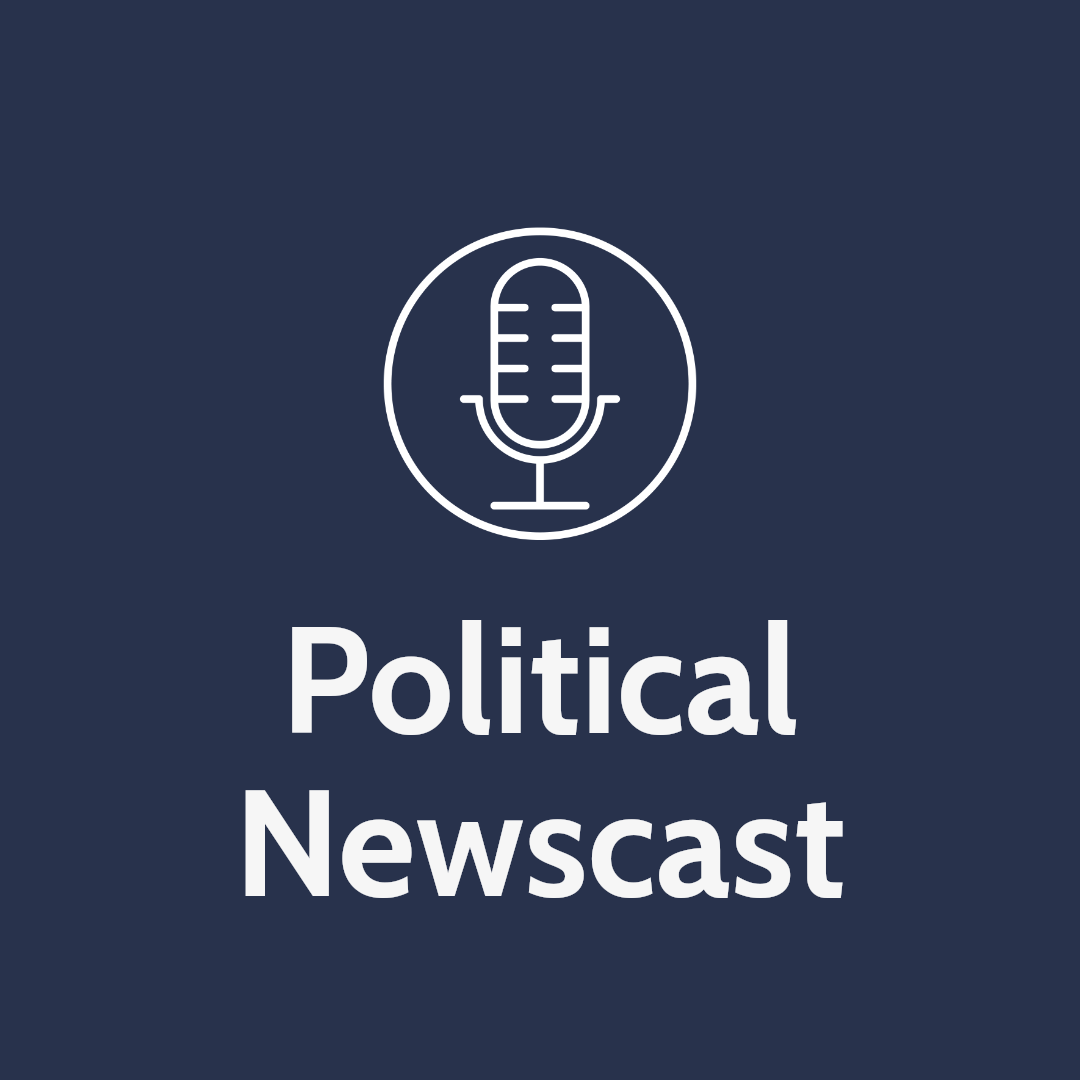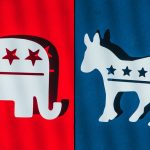Graft politics represents a corrupt practice where politicians exploit their authority for personal gain. This misuse of power often involves obtaining money, advantages, or other benefits through dishonest or illegal means. Graft occurs when public officials use their positions to benefit themselves rather than serving the public interest they were elected or appointed to protect.
The concept of graft has deep roots in political systems worldwide but is particularly recognized in American political discourse. It manifests in various forms, from accepting bribes and kickbacks to awarding government contracts to friends or family members. These actions undermine democratic processes and erode public trust in governmental institutions.
Understanding graft politics helps citizens identify corruption within their governmental systems and hold officials accountable. The impact of political graft extends beyond financial losses to the public—it damages the integrity of political institutions and can lead to policy decisions that favor private interests over public welfare. Recognizing these patterns allows voters and watchdogs to demand greater transparency and ethics in governance.
Defining Graft Politics
Graft politics encompasses the misuse of political power for personal gain, typically involving financial benefits obtained through dishonest or illegal means. It represents a significant ethical breach in governmental systems where public officials exploit their positions of trust.
Origins and Meaning
The term “graft” comes from horticultural practice where one plant is inserted into another to continue growth. In politics, it metaphorically refers to how corrupt officials “graft” themselves onto public institutions to extract benefits.
Political graft emerged as a concept during the industrial revolution when government expansion created more opportunities for corruption. The practice became particularly visible in American politics during the late 19th and early 20th centuries.
Urban political machines like Tammany Hall in New York exemplified systematic graft, where politicians exchanged favors and contracts for votes and financial kickbacks. This organizational approach to corruption defined much of American municipal politics for decades.
Graft as a Political Noun
As a noun in political contexts, “graft” specifically refers to the gains acquired through the abuse of political authority. It involves the acquisition of money or advantages through dishonest means tied directly to one’s political position.
Common forms include accepting bribes for legislative votes, steering government contracts to friends or family, or demanding payments for performing routine governmental services. These activities violate the public trust fundamental to democratic systems.
Graft differs from simple theft because it involves the misuse of official power rather than just taking property. The graft occurs at the intersection of public duty and private gain, where officials choose personal benefit over public interest.
Distinction Between Graft and Corruption
While often used interchangeably, graft represents a specific type of corruption focused on material gain. Corruption serves as the broader category that includes various abuses of power, while graft specifically involves financial or material benefits.
All instances of graft qualify as corruption, but not all corruption involves graft. For example, election fraud represents corruption without necessarily involving financial gain.
Graft typically operates through relatively direct mechanisms: kickbacks, bribes, or embezzlement. The act involves a clear transaction where official power is exchanged for personal benefit.
Legal frameworks address graft through anti-corruption laws, conflict of interest rules, and transparency requirements. These mechanisms aim to create barriers between public duties and private interests, making graft more difficult to conceal.
Common Practices and Mechanisms
Political graft involves various corrupt activities that allow officials to divert public resources for personal gain. These practices typically center on financial extraction through official positions, damaging public trust and government function.
Bribery and Extortion
Bribery represents one of the most direct forms of political graft. Officials accept money, gifts, or favors in exchange for specific actions that benefit the bribe-giver. These benefits might include government contracts, favorable regulations, or overlooking violations.
Extortion differs from bribery as it involves threatening negative consequences unless payment is made. Politicians might demand “protection money” from businesses or threaten regulatory actions against companies that don’t comply with their demands.
Both practices create severe distortions in governance. Officials make decisions based on personal gain rather than public interest. This corruption particularly affects developing economies where institutional safeguards may be weaker.
Law enforcement agencies often struggle to detect these activities because they happen in private, with few witnesses willing to come forward.
Government Contracts and Patronage
Government contracting presents rich opportunities for graft. Corrupt officials steer lucrative contracts toward friends, family members, or companies that offer kickbacks. The manipulation can occur at various stages – from writing specifications that only certain companies can meet to bypassing competitive bidding processes.
Patronage systems distribute jobs, appointments, and other benefits to political supporters. While some patronage represents legal political reward systems, it crosses into graft when qualifications are ignored and public resources are wasted on unqualified appointees.
“Pay-to-play” schemes require political donations for access to government business. These arrangements create unfair advantages for wealthy interests while excluding others from government opportunities.
Contract inflation represents another common tactic. Officials approve payments far above market rates, with contractors returning portions to the approving officials.
Embezzlement and Tax Evasion
Embezzlement involves the direct theft of government funds by those entrusted with their management. Officials might create ghost employees on payrolls, establish fake vendors, or simply divert funds to personal accounts. Technology has both complicated and simplified these schemes – digital banking creates audit trails, but complex financial arrangements can obscure theft.
Politicians sometimes facilitate tax evasion for wealthy supporters in exchange for benefits. This can involve creating special exemptions, overlooking violations, or providing inside information about tax investigations.
Financial oversight mechanisms often fail when corrupt officials control both the operations and their supervision. Internal controls break down when multiple parties collaborate in schemes.
The amounts involved vary widely, from small-scale petty corruption to massive diversions of national resources in kleptocratic regimes.
Opportunities in Business and Economic Development
Economic development initiatives present attractive targets for graft. Large infrastructure projects with complex budgets allow for significant fund diversion. Officials may approve unnecessary projects primarily to generate opportunities for corruption.
Licensing and permission systems create bottlenecks where officials can extract payments. Businesses that need permits, licenses, or regulatory approvals become vulnerable to demands for unofficial payments.
Privatization of state assets has historically provided exceptional opportunities for graft. Officials undervalue public assets, then sell them to connected individuals or companies who provide kickbacks.
Special economic zones and tax incentives can be manipulated to benefit specific businesses with political connections rather than promoting genuine economic growth. These arrangements harm economic development by distorting markets and discouraging legitimate investment.
Historical and Global Perspectives
Graft politics has manifested in different forms across various countries and time periods, with distinct patterns of corruption tied to local political systems and cultural contexts.
United States and Machine Politics
In the United States, political graft flourished during the late 19th and early 20th centuries, particularly through the mechanism of machine politics. The infamous Tammany Hall in New York City exemplified this system, where politicians like William “Boss” Tweed controlled patronage and extracted bribes from businesses seeking government contracts.
Urban political machines operated by exchanging favors and jobs for votes. Politicians granted public works contracts to friendly businesses who paid kickbacks. These machines also provided social services to immigrant communities to secure their loyalty at the ballot box.
The Gilded Age (1870s-1900) saw widespread corruption at all government levels. Railroad companies bribed legislators for land grants and favorable regulations. The “spoils system” allowed elected officials to reward supporters with government positions regardless of qualification.
Graft Politics in Brazil
Brazil has experienced extensive political corruption throughout its history. During the military dictatorship (1964-1985), graft became institutionalized as government officials diverted funds from major infrastructure projects.
The return to democracy brought new forms of corruption. The “mensalão” scandal of 2005 exposed a vote-buying scheme in Congress. Politicians received monthly payments in exchange for supporting government legislation.
Operation Car Wash (Lava Jato), beginning in 2014, revealed perhaps the largest corruption scheme in Brazilian history. The investigation uncovered a vast network of bribes involving Petrobras, the state-owned oil company, major construction firms, and political parties.
Brazilian graft often involves public-private partnerships where businesses pay politicians to secure lucrative contracts. This has deeply affected public trust in government institutions.
International Variations
Graft takes different forms based on political structures and economic systems worldwide. In Russia, the fall of the Soviet Union led to “oligarchic capitalism” where political connections determined who gained control of formerly state-owned assets.
In many African nations, colonial legacies created systems where access to state resources became a primary means of wealth accumulation. Politicians maintain networks of patronage that distribute benefits to supporters.
East Asian countries like South Korea experienced periods where government and business formed close relationships. The “chaebol” system led to preferential treatment for large conglomerates with political connections.
Anti-corruption campaigns vary in effectiveness across countries. Hong Kong and Singapore implemented strong anti-corruption agencies that significantly reduced graft. Other nations struggle with entrenched networks that resist reform despite public pressure.
Addressing and Preventing Graft Politics
Combating political graft requires systematic approaches that focus on institutional reforms and cultural shifts within government structures. These approaches must address both the opportunities for corruption and the incentives that drive it.
Anti-Graft Measures and Compliance
Strong anti-graft legislation forms the backbone of any effort to combat political corruption. Laws that criminalize bribery, embezzlement, and influence peddling create clear boundaries for public officials. Many countries have established specialized anti-corruption agencies with investigative and prosecutorial powers to enforce these laws.
Compliance systems within government agencies help prevent graft through regular audits and reviews. These systems include conflict-of-interest policies that require officials to disclose financial assets and recuse themselves from decisions where personal interests might compromise public duty.
Whistleblower protection laws support anti-graft efforts by shielding those who report corruption from retaliation. The most effective anti-graft frameworks include severe penalties for violations, creating deterrents against corrupt practices.
Promoting Transparency and Accountability
Open government initiatives make information about public spending, contracts, and decision-making accessible to citizens. Public procurement platforms that publish bids, contracts, and payment information allow independent oversight of government spending.
Campaign finance reform limits the influence of money in politics by restricting donations and requiring disclosure of funding sources. This helps voters identify potential conflicts of interest among candidates and elected officials.
Civil society organizations play a vital role by monitoring government actions and raising public awareness about corruption issues. Independent media investigations expose graft schemes that might otherwise remain hidden.
Digital tools have revolutionized transparency efforts. Open data portals let researchers and activists analyze government activities for signs of misuse. Citizen feedback mechanisms allow direct reporting of corruption experiences, creating accountability at all levels of government.





